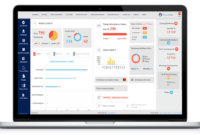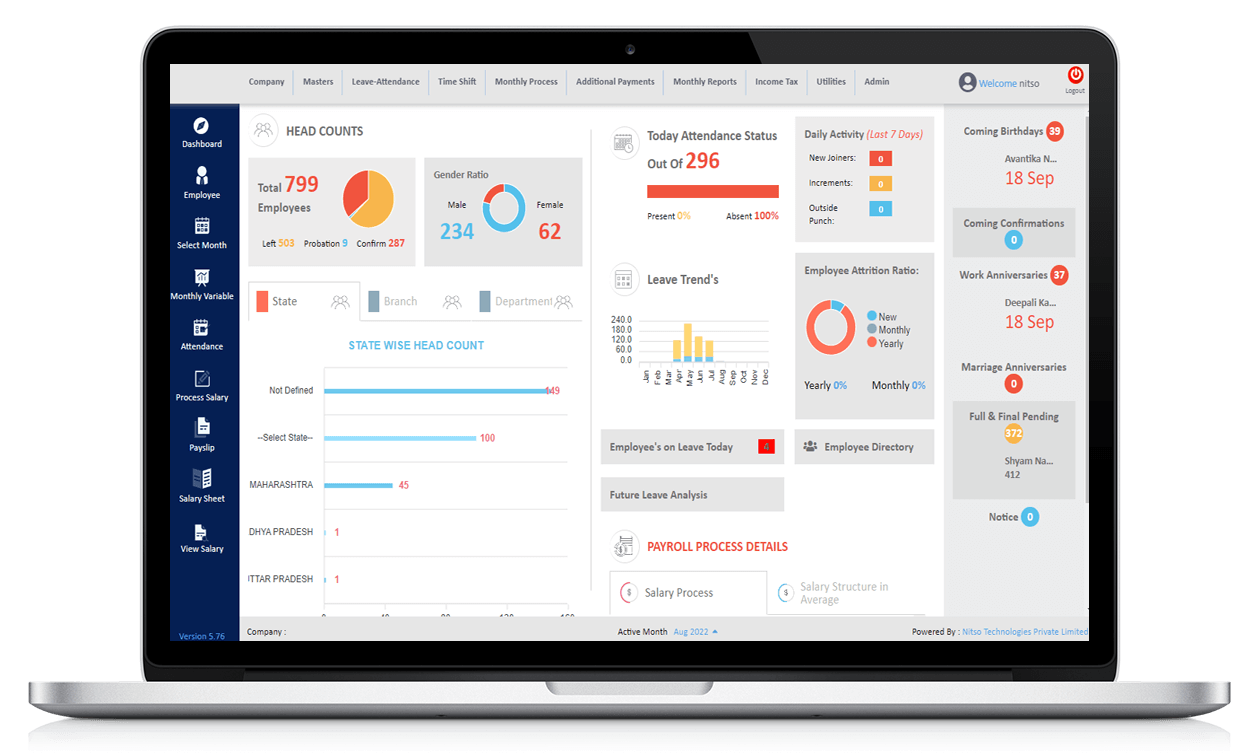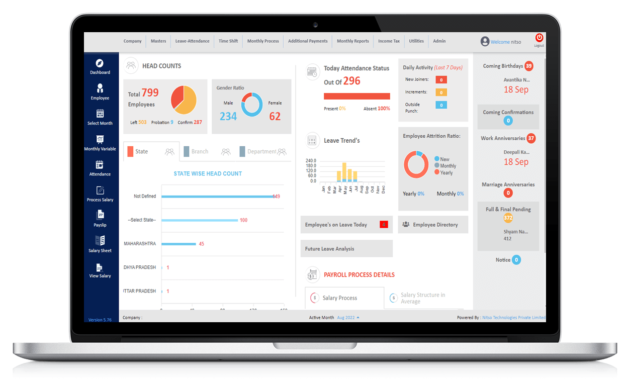Network security in cloud computing is a crucial aspect of safeguarding data and services in today’s digital landscape. As more businesses migrate their operations to the cloud, understanding the intricacies of securing these environments becomes essential. With an array of potential threats from cybercriminals, ensuring robust security protocols is not just a necessity for cloud service providers but also for organizations leveraging these services.
This overview will delve into the various dimensions of network security, outlining threats, best practices, and the tools available to protect cloud assets.
Introduction to Network Security in Cloud Computing
Network security in cloud computing refers to the collection of policies, technologies, and controls designed to protect virtualized networks and cloud environments. With the increasing reliance on cloud services for data storage and processing, ensuring the integrity, confidentiality, and availability of information is paramount. As organizations migrate to the cloud, both cloud service providers and users must prioritize network security to safeguard sensitive data and maintain trust.The importance of network security extends beyond mere compliance; it is essential for maintaining the reputation of cloud service providers and the operational continuity for users.
Effective network security measures mitigate risks, protect against cyber threats, and ensure regulatory compliance. As businesses transition to cloud-based infrastructures, understanding the potential vulnerabilities is crucial for both service providers and clients.
Main Threats to Network Security in Cloud Environments
Identifying the primary threats to network security in cloud environments is key to developing effective security strategies. The following points highlight the main threats that organizations face:
- Data Breaches: Unauthorized access to sensitive data stored in the cloud can lead to significant financial and reputational damage. High-profile cases such as the Capital One data breach exemplify the potential impact of inadequate security measures.
- Insider Threats: Employees or contractors with legitimate access can pose risks, intentionally or unintentionally compromising sensitive information. Organizations must monitor user behavior to detect anomalies.
- DDoS Attacks: Distributed Denial of Service attacks overwhelm cloud resources, causing service outages and disrupting operations. Such attacks can lead to downtime and loss of revenue.
- Insecure APIs: Application Programming Interfaces (APIs) are essential for cloud services, but poorly secured APIs can become gateways for attackers. Ensuring robust API security is critical.
- Account Hijacking: Compromised user accounts can lead to unauthorized access and manipulation of data. Multi-factor authentication is a common method to enhance account security.
The mitigation of these threats requires a comprehensive approach, combining technical solutions, user education, and continuous monitoring of cloud environments to ensure robust protection against evolving threats.
Common Threats and Vulnerabilities: Network Security In Cloud Computing
In the realm of cloud computing, security remains a top concern as organizations transition to cloud-based services. Understanding the common threats and vulnerabilities inherent in these systems is crucial for safeguarding sensitive data and maintaining operational integrity. This section delves into the various types of cyber threats specific to cloud environments and the vulnerabilities that can arise from cloud architectures and services.
Types of Cyber Threats in Cloud Computing
Cloud computing platforms face unique cyber threats that can compromise data integrity, confidentiality, and availability. The following list Artikels the prominent types of threats:
- Data Breaches: Unauthorized access to sensitive data stored in the cloud, often resulting in significant financial and reputational damage.
- Denial-of-Service (DoS) Attacks: Overloading cloud services to render them unavailable, impacting business operations.
- Malicious Insider Threats: Employees or contractors exploiting their access to sensitive information for malicious purposes.
- Account Hijacking: Attackers gaining access to user accounts, leading to data theft or service manipulation.
- Insecure APIs: Weaknesses in application programming interfaces that can be exploited to gain unauthorized access or disrupt services.
Vulnerabilities in Cloud Architectures
Cloud architectures present several inherent vulnerabilities that can be exploited by cybercriminals. Recognizing these weaknesses is essential for implementing effective security measures. Key vulnerabilities include:
- Shared Resources: Multi-tenancy can expose data to unauthorized users if proper isolation measures are not implemented.
- Misconfiguration: Incorrectly configured cloud settings can lead to unintended data exposure and security gaps.
- Data Loss: Potential data loss due to hardware failures, accidental deletions, or inadequate backup protocols.
- Weak Authentication: Insufficient authentication mechanisms can lead to unauthorized access to cloud resources.
- Vendor Lock-In: Difficulty in migrating data and applications between different cloud providers can pose security risks if one vendor has vulnerabilities.
Real-World Incidents Highlighting Vulnerabilities, Network security in cloud computing
Several high-profile incidents illustrate the vulnerabilities inherent in cloud computing. One notable case is the 2019 Capital One breach, where a misconfigured web application firewall allowed an attacker to access the personal data of over 100 million customers. The breach was attributed to a failure in properly securing cloud configurations and highlights the importance of vigilance.Another example is the 2020 Twitter hack, where attackers gained access to internal tools using social engineering tactics to manipulate employees’ access.
This incident underscores the threat posed by insider risks and the need for robust authentication and monitoring processes.
“As organizations increasingly rely on cloud services, the importance of understanding and mitigating these threats cannot be overstated.”
Security Protocols and Standards

Cloud computing has revolutionized how organizations store and manage data, but it also introduces unique security challenges. To safeguard sensitive information in the cloud, various security protocols and standards have been established. These frameworks ensure data confidentiality, integrity, and availability across cloud environments.Security protocols play a critical role in establishing secure communications and protecting data in transit. Some of the key protocols utilized in cloud computing include:
Key Security Protocols in Cloud Computing
Understanding the essential security protocols is vital for protecting cloud services. Notably, the following protocols are widely implemented:
- Transport Layer Security (TLS): This protocol encrypts data transmitted over the internet, ensuring secure communication between clients and servers. TLS is crucial for protecting sensitive data during exchange and is commonly used for HTTPS protocols.
- IPsec (Internet Protocol Security): IPsec secures Internet Protocol communications by authenticating and encrypting each IP packet in a communication session. This protocol is often utilized in Virtual Private Networks (VPNs) to secure data between cloud services.
- Secure Sockets Layer (SSL): Although now largely replaced by TLS, SSL was one of the first protocols designed to secure data transmitted over networks. It continues to be referenced in discussions of legacy systems.
- Secure Hypertext Transfer Protocol (HTTPS): This is an extension of HTTP that uses TLS to ensure secure data transfer, making it essential for any web-based cloud services.
Industry Standards and Regulations
Compliance with various industry standards and regulations is essential for maintaining cloud security. Organizations must adhere to specific guidelines that govern how data is managed and protected. Key standards and regulations include:
- ISO/IEC 27001: This international standard Artikels best practices for information security management systems (ISMS) and provides a framework for managing sensitive information.
- General Data Protection Regulation (GDPR): This regulation applies to organizations handling personal data of EU citizens, emphasizing data protection and privacy. Compliance is essential for any cloud service operating in or with the EU.
- Payment Card Industry Data Security Standard (PCI DSS): For organizations handling credit card transactions, adherence to PCI DSS is mandatory. It establishes security measures to protect cardholder data.
Security Implications of Cloud Service Models
Different cloud service models—Infrastructure as a Service (IaaS), Platform as a Service (PaaS), and Software as a Service (SaaS)—present varying security implications and responsibilities.
- IaaS: In an IaaS model, the cloud provider offers virtualized computing resources over the internet. Users are responsible for securing their applications, data, and operating systems. As such, they need to implement robust security measures to safeguard vulnerabilities at these levels.
- PaaS: With PaaS, developers can build applications without worrying about the underlying infrastructure. However, while the provider manages security at the platform level, developers must ensure their applications are secure, as threats can arise from poorly designed code.
- SaaS: In the SaaS model, the provider handles most security aspects, including application and data security. Users must ensure proper access controls and data management practices to prevent unauthorized access to sensitive information.
“Understanding security protocols and compliance standards is foundational for organizations leveraging cloud computing, as these elements protect against potential data breaches and vulnerabilities.”
Best Practices for Enhancing Security
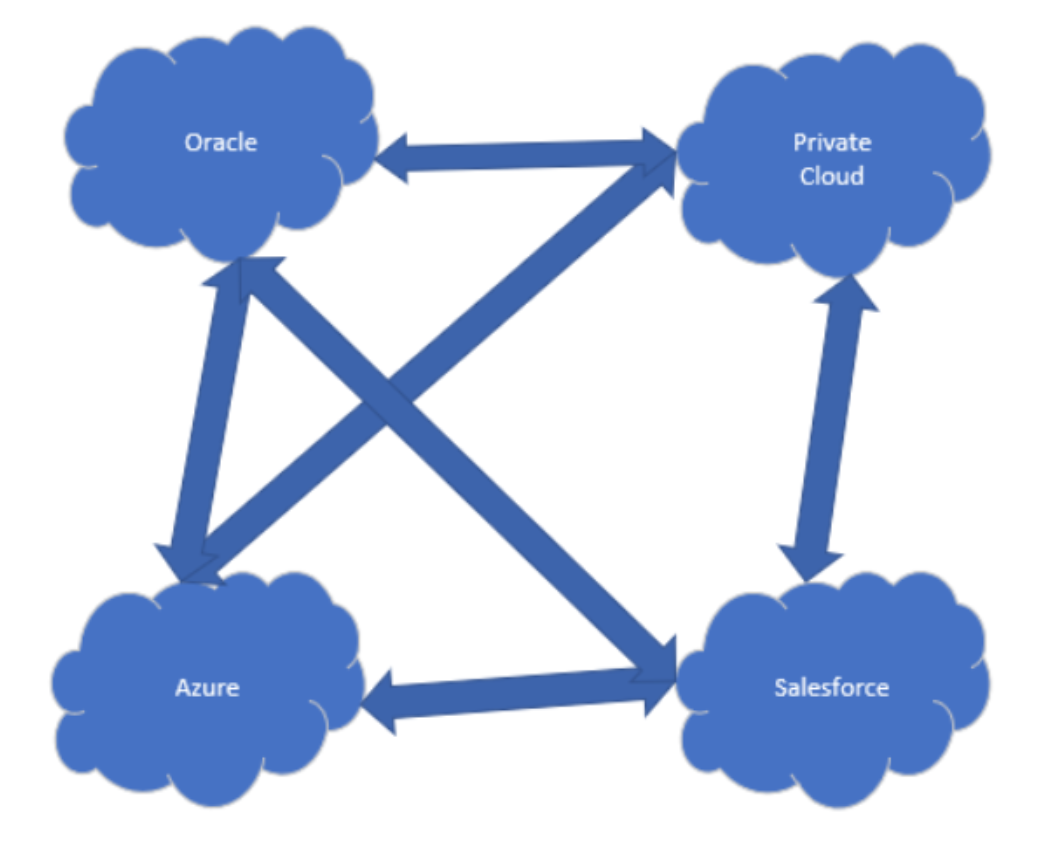
To bolster network security in cloud computing, organizations must adopt a comprehensive approach that integrates various practices and strategies. These best practices are essential for protecting sensitive data, maintaining compliance, and ensuring the reliability of cloud services. By implementing proactive measures, organizations can significantly reduce their vulnerability to security threats.Regular security assessments and audits play a crucial role in identifying and mitigating potential risks.
These evaluations help organizations stay ahead of emerging threats and maintain a robust security posture. Consistent reviews of security policies, configurations, and access controls ensure that vulnerabilities are addressed promptly and that compliance with industry standards is maintained.
Best Practices for Cloud Network Security
Organizations should implement the following best practices to enhance their network security in the cloud:
- Data Encryption: Implement encryption both at rest and in transit to safeguard sensitive information from unauthorized access.
- Access Control: Enforce strict access controls using the principle of least privilege, ensuring users only have the necessary permissions for their roles.
- Security Training: Conduct regular security awareness training for employees to help them recognize potential threats such as phishing attacks.
- Incident Response Plan: Develop and maintain an incident response plan to streamline actions in the event of a security breach.
- Regular Software Updates: Ensure that all software, applications, and systems are regularly updated to protect against known vulnerabilities.
Importance of Regular Security Assessments and Audits
Regular security assessments and audits are essential for maintaining an organization’s security integrity. These reviews not only help in identifying potential vulnerabilities but also validate the effectiveness of existing security measures. Conducting these assessments ensures that security practices evolve alongside new threats and technological advancements.
“Periodic assessments are critical for adapting to the dynamic landscape of cybersecurity threats.”
Implementing Multi-Factor Authentication Framework
Implementing multi-factor authentication (MFA) is a vital step in safeguarding cloud services. This framework adds an additional layer of security by requiring users to provide two or more verification factors before gaining access to sensitive data or applications.The following steps Artikel a framework for effective MFA implementation:
- Identify Critical Access Points: Determine which applications and systems require MFA based on their sensitivity and risk levels.
- Select Authentication Methods: Choose appropriate authentication factors, such as something the user knows (password), something the user has (smartphone app), or something the user is (biometrics).
- Implement User Training: Educate users on the importance of MFA and how to use the selected authentication methods effectively.
- Monitor and Review: Continuously monitor the MFA system for effectiveness and review the authentication methods regularly to adapt to changing security needs.
Tools and Technologies for Cloud Security
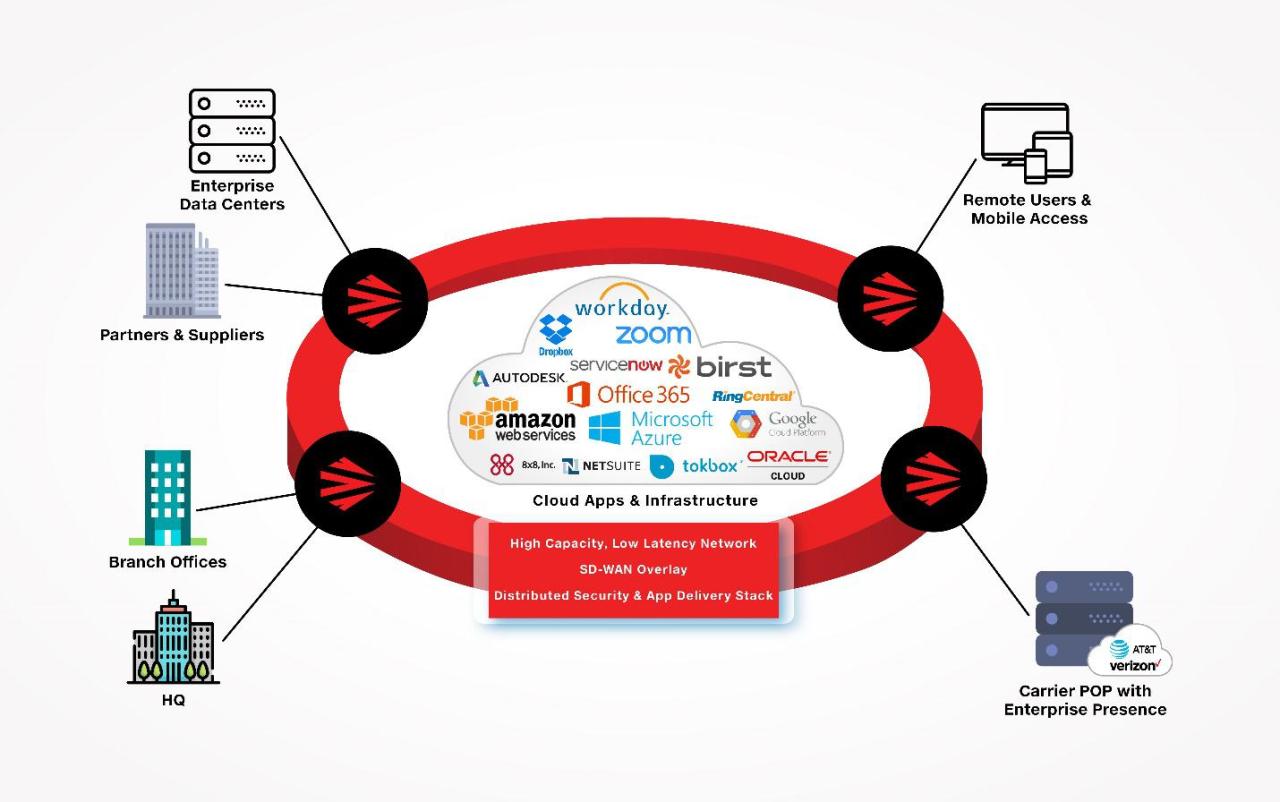
In the ever-evolving landscape of cloud computing, effective security measures are paramount. With businesses increasingly migrating their data and applications to the cloud, the demand for robust cloud security tools and technologies has surged. These tools not only help in monitoring and managing security but also play a critical role in safeguarding sensitive information against a variety of threats.
Monitoring and Managing Cloud Security Tools
A range of tools is available to enhance the security posture of cloud environments. These tools help organizations monitor, manage, and respond to security incidents effectively. Some essential tools include:
- Cloud Security Posture Management (CSPM): These tools identify and remediate risks in cloud environments by automating compliance monitoring and ensuring security best practices.
- Cloud Access Security Brokers (CASB): CASBs serve as intermediaries between cloud service users and providers, offering visibility, compliance, and data security across multiple cloud services.
- Threat Detection and Response Tools: These tools continuously monitor the cloud infrastructure for suspicious activities and provide automated responses to potential threats.
- Identity and Access Management (IAM): IAM solutions ensure that only authorized users have access to sensitive data and resources within the cloud.
- Vulnerability Management Tools: These tools help identify and remediate vulnerabilities in cloud applications and services proactively.
Using Encryption for Data Security in the Cloud
Encryption is a fundamental technology for securing data in the cloud, ensuring that sensitive information remains protected from unauthorized access. This process involves converting data into a coded format that can only be decrypted by authorized users. The use of encryption can be effectively illustrated through these key points:
- Data at Rest: Encrypting data stored on cloud servers protects it from unauthorized access, even if the physical storage is compromised.
- Data in Transit: Ensuring end-to-end encryption for data being transmitted between the user and the cloud mitigates the risk of interception by malicious actors.
- Key Management: Properly managing encryption keys is critical, as the security of encrypted data relies on the secrecy of the keys used to encrypt and decrypt it.
“Encryption provides a crucial layer of security, ensuring that even if data is intercepted, it remains unreadable to unauthorized users.”
Comparison of Leading Cloud Security Solutions
To help organizations choose the right cloud security solution, here’s a comparison table of some leading tools, their features, and benefits.
| Cloud Security Solution | Key Features | Benefits |
|---|---|---|
| AWS CloudTrail | Logging, Monitoring, Compliance | Enhanced visibility into user activity and resource usage. |
| Azure Security Center | Real-time Threat Detection, Security Management | Centralized security management across hybrid cloud environments. |
| Google Cloud Security Command Center | Threat Detection, Vulnerability Management | Holistic view of security posture with comprehensive risk assessments. |
| McAfee Cloud Security | User Behavior Analytics, Data Protection | Advanced threat detection and compliance automation. |
| Cloudflare | DDoS Protection, Web Application Firewall | Robust protection against a variety of cyber threats. |
Incident Response and Management
In the realm of cloud computing, effectively managing security incidents is crucial for protecting sensitive data and maintaining service continuity. An incident response plan is a strategic approach that Artikels the procedures and actions to take when a cloud security breach occurs. This proactive stance not only helps mitigate damage but also aids organizations in learning from past incidents to strengthen future defenses.Developing an incident response plan involves several key steps.
Each step is critical in ensuring an organized and efficient response to any security breach that may arise. Below are the essential phases of creating a robust incident response plan tailored for the cloud environment:
Steps for Developing an Incident Response Plan
An effective incident response plan should be comprehensive, structured, and adaptable. The following steps are integral in crafting a plan that can handle various cloud security incidents:
- Preparation: Establish a dedicated incident response team that includes members from IT, security, legal, and communications. Equip them with the necessary tools and training for incident handling.
- Identification: Develop methods for detecting security incidents, such as monitoring logs and alerts from security tools. Prompt identification allows for timely action.
- Containment: Implement strategies to limit the damage during a security incident. This may involve isolating affected systems or restricting access to specific data.
- Eradication: Once the incident is contained, remove the threat from the environment, which may include deleting malicious code or disabling compromised accounts.
- Recovery: Restore systems and services to normal operations, ensuring that any vulnerabilities are addressed before going back online.
- Lessons Learned: Conduct a post-incident review to analyze the response process, identify strengths and weaknesses, and update the incident response plan accordingly for future incidents.
Roles and Responsibilities in Incident Management
Clearly defined roles and responsibilities are essential in ensuring a coordinated response to security incidents in the cloud. Each team member plays a vital role in managing the situation effectively:
“A well-structured incident response team is essential for minimizing damage and accelerating recovery during security incidents.”
The following roles encompass the key responsibilities required for incident management:
- Incident Response Manager: Oversees the incident response process and coordinates activities among team members.
- Security Analysts: Analyze security events, provide technical expertise, and assist in the identification and containment of incidents.
- IT Operations Team: Responsible for implementing containment and recovery measures, ensuring minimal downtime.
- Legal and Compliance Officers: Ensure that the response adheres to legal and regulatory requirements, especially concerning data breaches.
- Communications Team: Manages internal and external communications, keeping stakeholders informed while maintaining transparency.
Case Studies of Effective Incident Response Strategies
Examining real-world case studies provides valuable insights into effective incident response strategies in the cloud environment. For example, consider the incident response of a major eCommerce platform that experienced a data breach. Upon discovering unauthorized access to sensitive customer information, the company immediately followed its incident response plan, which involved:
- Quickly confirming the breach and notifying the incident response team.
- Containing the incident by disabling affected systems and preventing further data leakage.
- Communicating transparently with affected customers about the breach and the steps taken to mitigate its impact.
This approach not only limited damage but also helped build customer trust through transparency and effective communication.Another notable example is a financial services firm that faced a ransomware attack. Their response plan involved:
- Identifying the attack’s origin and isolating the affected systems to prevent encryption of additional data.
- Collaborating with law enforcement and cybersecurity experts to manage the incident effectively.
- Analyzing the situation post-incident to improve their security measures and incident response strategies.
These case studies highlight the importance of preparedness and the effective execution of incident response plans in mitigating risks and enhancing security in cloud computing.
Future Trends in Cloud Security
As cloud computing continues to evolve, so too does the landscape of network security. Organizations are increasingly recognizing the necessity of robust security measures to protect sensitive data stored in the cloud. Emerging technologies and regulatory demands are shaping the future of cloud security, presenting both challenges and opportunities for businesses and security professionals alike.
Emerging Trends and Technologies Impacting Cloud Security
The cloud security landscape is rapidly changing, driven by advancements in technology and a heightened focus on data protection. Key trends include the integration of zero-trust security models, which assume that threats may exist both inside and outside the network. Organizations are also adopting multi-cloud strategies, which require advanced security protocols to manage risks across various platforms. Additionally, the rise of edge computing is altering how data is processed and secured, necessitating new approaches to security that can adapt to distributed environments.
A significant trend is the increasing use of automation and orchestration tools in security processes. These tools help in streamlining security management, enabling real-time threat detection, and responding to incidents more efficiently. With automation, businesses can reduce the risk of human error and enhance their overall security posture.
Impact of Artificial Intelligence on Cloud Security Practices
Artificial intelligence (AI) is revolutionizing cloud security practices by enhancing threat detection and response capabilities. Through machine learning algorithms, AI can analyze vast amounts of data to identify patterns and anomalies, indicating potential security threats. This proactive approach allows organizations to respond to threats before they can cause significant damage, thereby improving incident management.AI-driven security solutions also aid in automating routine security tasks, such as monitoring network traffic and managing access controls.
This reduces the workload on security teams, allowing them to focus on more complex security challenges. For instance, AI can help in identifying compromised accounts by analyzing user behavior and flagging deviations from typical activity patterns.Moreover, the deployment of AI in security systems supports predictive analytics, enabling organizations to anticipate future threats and adapt their security strategies accordingly. As businesses continue to embrace AI technologies, integrating them into cloud security will become increasingly vital for maintaining robust defenses.
Growing Importance of Compliance and Data Protection Laws in Cloud Environments
Compliance with data protection regulations is becoming paramount as organizations migrate to cloud environments. Laws such as the General Data Protection Regulation (GDPR) and the California Consumer Privacy Act (CCPA) impose stringent requirements on how companies handle personal data. Failing to comply not only results in substantial fines but also damages an organization’s reputation.To navigate this complex regulatory landscape, organizations must implement comprehensive compliance frameworks that align with various legal requirements.
This includes conducting regular audits, maintaining detailed documentation of data processing activities, and ensuring that third-party service providers comply with the same standards. In addition, as data privacy concerns grow, organizations are increasingly adopting encryption and data masking techniques to protect sensitive information within the cloud. These practices not only enhance compliance efforts but also build trust with customers, who are increasingly aware of data privacy issues.The convergence of technology advancements and regulatory demands is steering the future of cloud security toward a more integrated and proactive approach, ensuring that organizations can effectively safeguard their assets in an evolving threat landscape.
FAQ Guide
What are the main types of cyber threats to cloud security?
Main types include data breaches, account hijacking, and denial-of-service attacks.
How can organizations enhance security in cloud services?
Organizations can enhance security by implementing multi-factor authentication, performing regular security audits, and using encryption for sensitive data.
What role do compliance regulations play in cloud security?
Compliance regulations help establish standards for data protection, ensuring that organizations adhere to legal requirements while managing sensitive information.
Can artificial intelligence improve cloud security?
Yes, AI can enhance cloud security by providing advanced threat detection, real-time monitoring, and automated incident response capabilities.
How often should organizations perform security assessments?
Organizations should conduct security assessments at least annually or whenever significant changes to their cloud environments occur.

